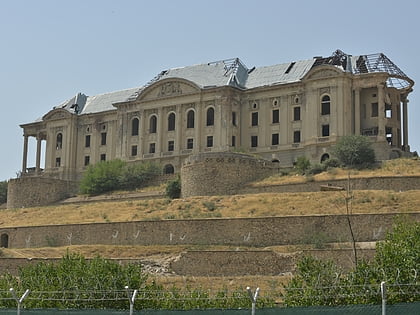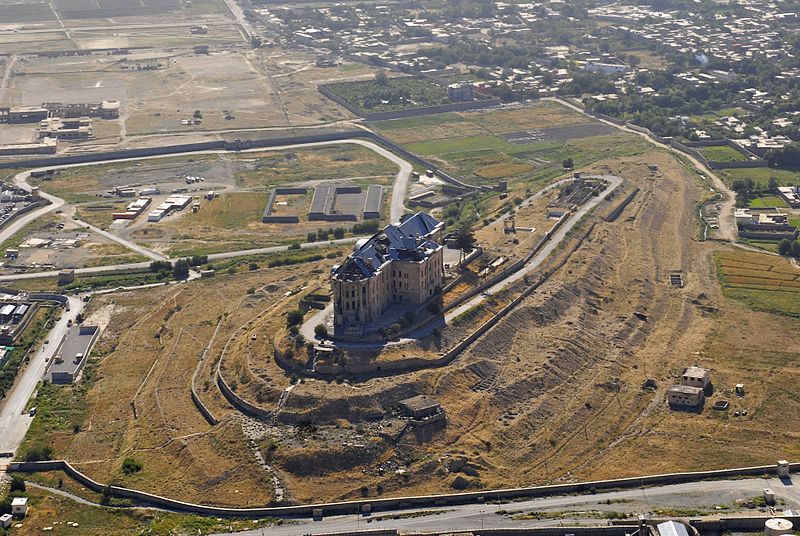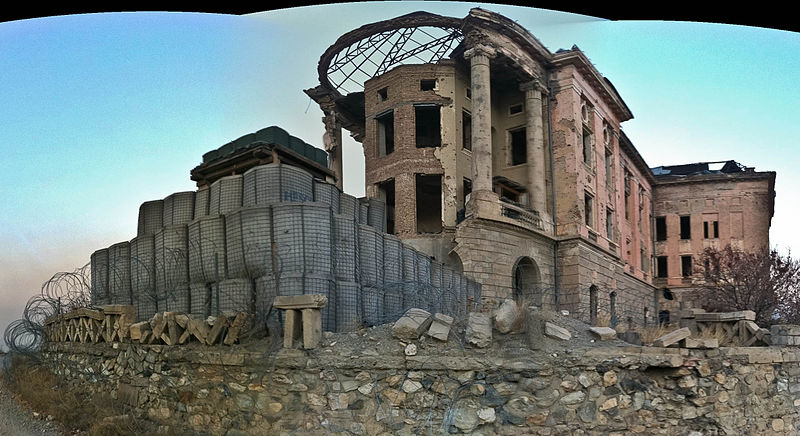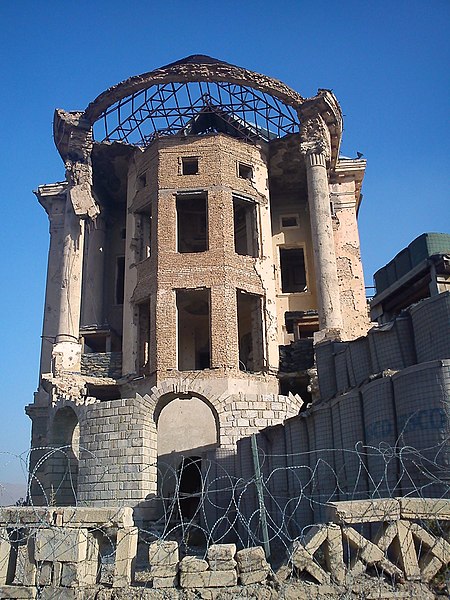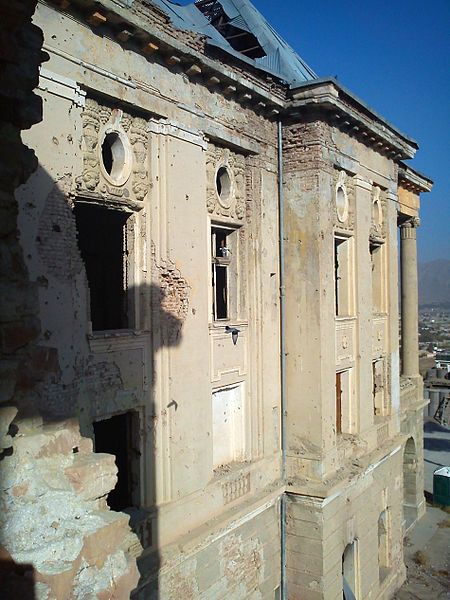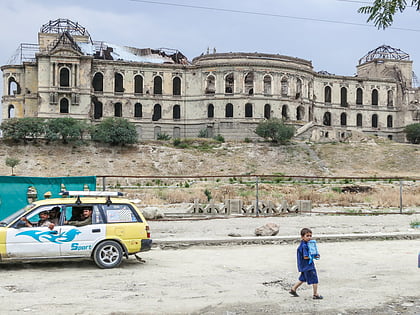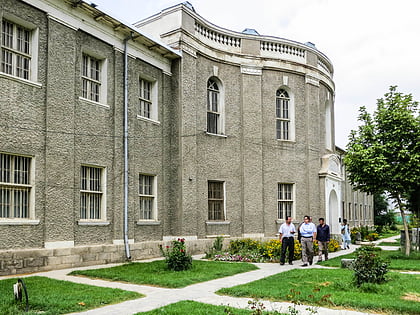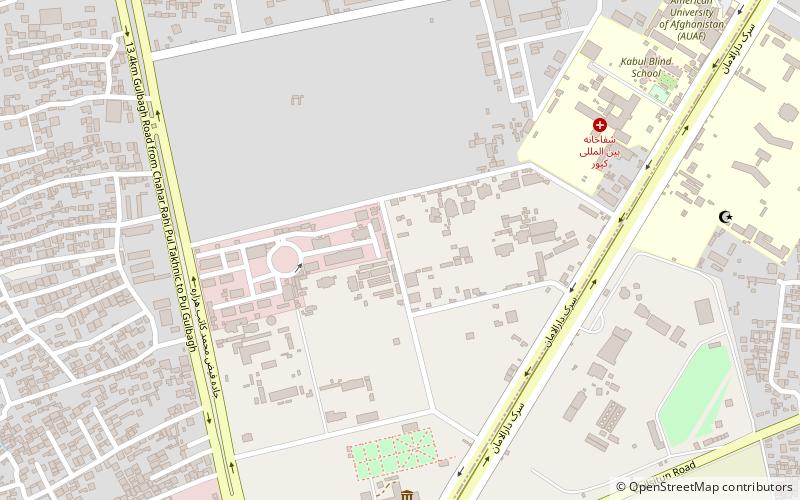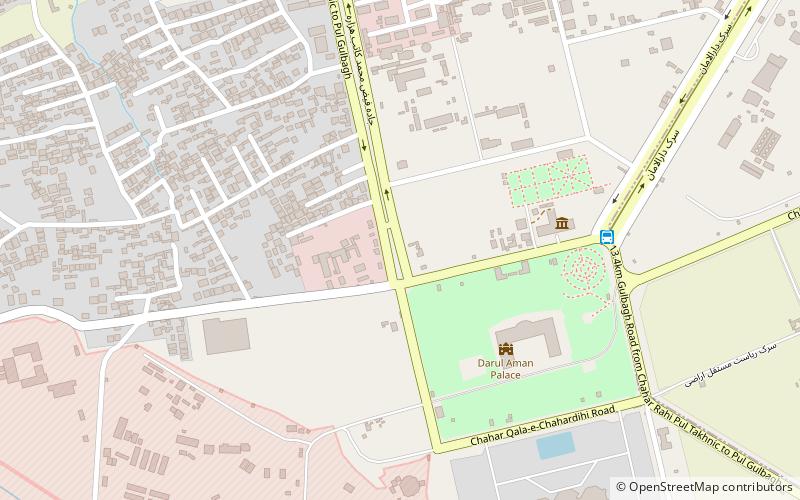Tajbeg Palace, Kabul
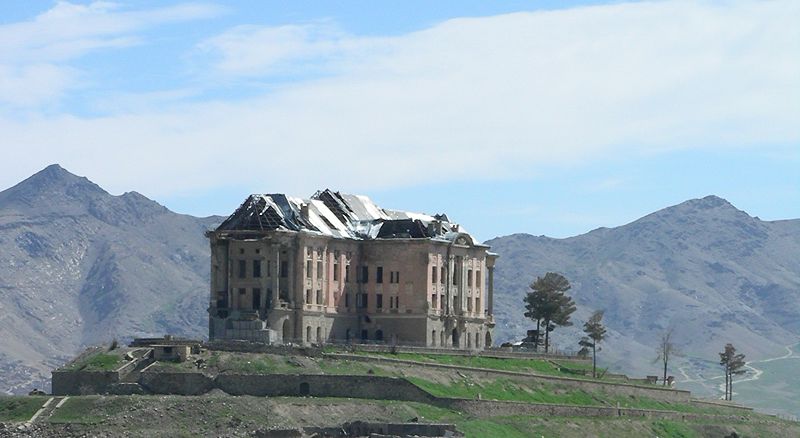
Facts and practical information
Nestled amidst the rugged beauty of Afghanistan's capital, Tajbeg Palace stands as a historic emblem of Kabul's rich cultural tapestry. This regal edifice, also known as the Queen's Palace, is a poignant reminder of Afghanistan's royal past and the country's complex history.
Constructed in the early 20th century, Tajbeg Palace was originally the lavish residence of King Amanullah Khan and Queen Soraya Tarzi, envisioned as a symbol of modernity and progress. The architecture of the palace is an exquisite blend of European and traditional Afghan styles, reflecting the ambitions of a ruler who sought to propel his nation into a new era.
Despite its grandeur, the palace has witnessed the turbulent shifts of Afghan history, from being a royal abode to serving various military purposes. Its once-glorious halls and chambers have been scarred by conflict, yet it continues to stand, albeit in a state that speaks more of neglect than splendor.
The palace is situated in the Darul Aman area of Kabul, surrounded by gardens that once bloomed with vibrant flowers and verdant trees. However, the ravages of war have left their mark, and the palace's current condition is a far cry from its former glory. Efforts have been made to restore Tajbeg Palace, aiming to preserve it as a cultural heritage site and a symbol of hope for a nation striving for peace and stability.
Tajbeg Palace – popular in the area (distance from the attraction)
Nearby attractions include: Darul Aman Palace, National Museum of Afghanistan, Kabul Library, Darulaman.
